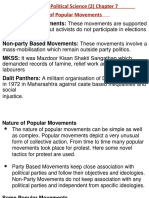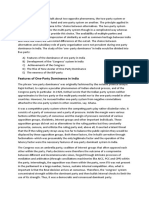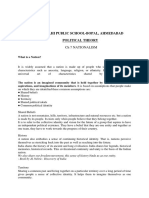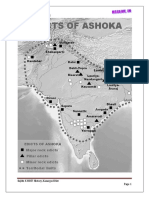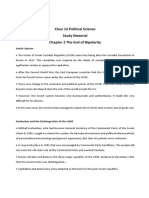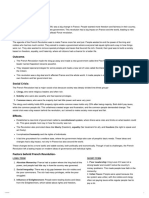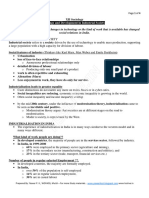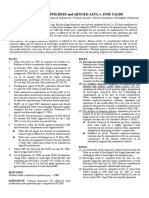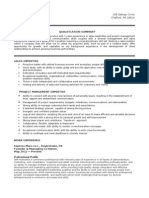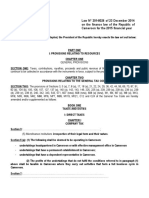0% found this document useful (0 votes)
90 views25 pagesChange and Development in Industrial Society
The document discusses the features and social implications of industrialization, particularly in India, highlighting issues such as alienation, inequality, and the differences between organized and unorganized sectors. It also addresses the impact of globalization and liberalization on employment, the rise of outsourcing, and the challenges faced by workers, including poor working conditions and the difficulties of union organization. Additionally, it examines the role of migrant workers and home-based labor, as well as the historical context of strikes and trade unions in response to labor conditions.
Uploaded by
ARIHANT CHOUGULECopyright
© © All Rights Reserved
We take content rights seriously. If you suspect this is your content, claim it here.
Available Formats
Download as PPTX, PDF, TXT or read online on Scribd
0% found this document useful (0 votes)
90 views25 pagesChange and Development in Industrial Society
The document discusses the features and social implications of industrialization, particularly in India, highlighting issues such as alienation, inequality, and the differences between organized and unorganized sectors. It also addresses the impact of globalization and liberalization on employment, the rise of outsourcing, and the challenges faced by workers, including poor working conditions and the difficulties of union organization. Additionally, it examines the role of migrant workers and home-based labor, as well as the historical context of strikes and trade unions in response to labor conditions.
Uploaded by
ARIHANT CHOUGULECopyright
© © All Rights Reserved
We take content rights seriously. If you suspect this is your content, claim it here.
Available Formats
Download as PPTX, PDF, TXT or read online on Scribd
/ 25














